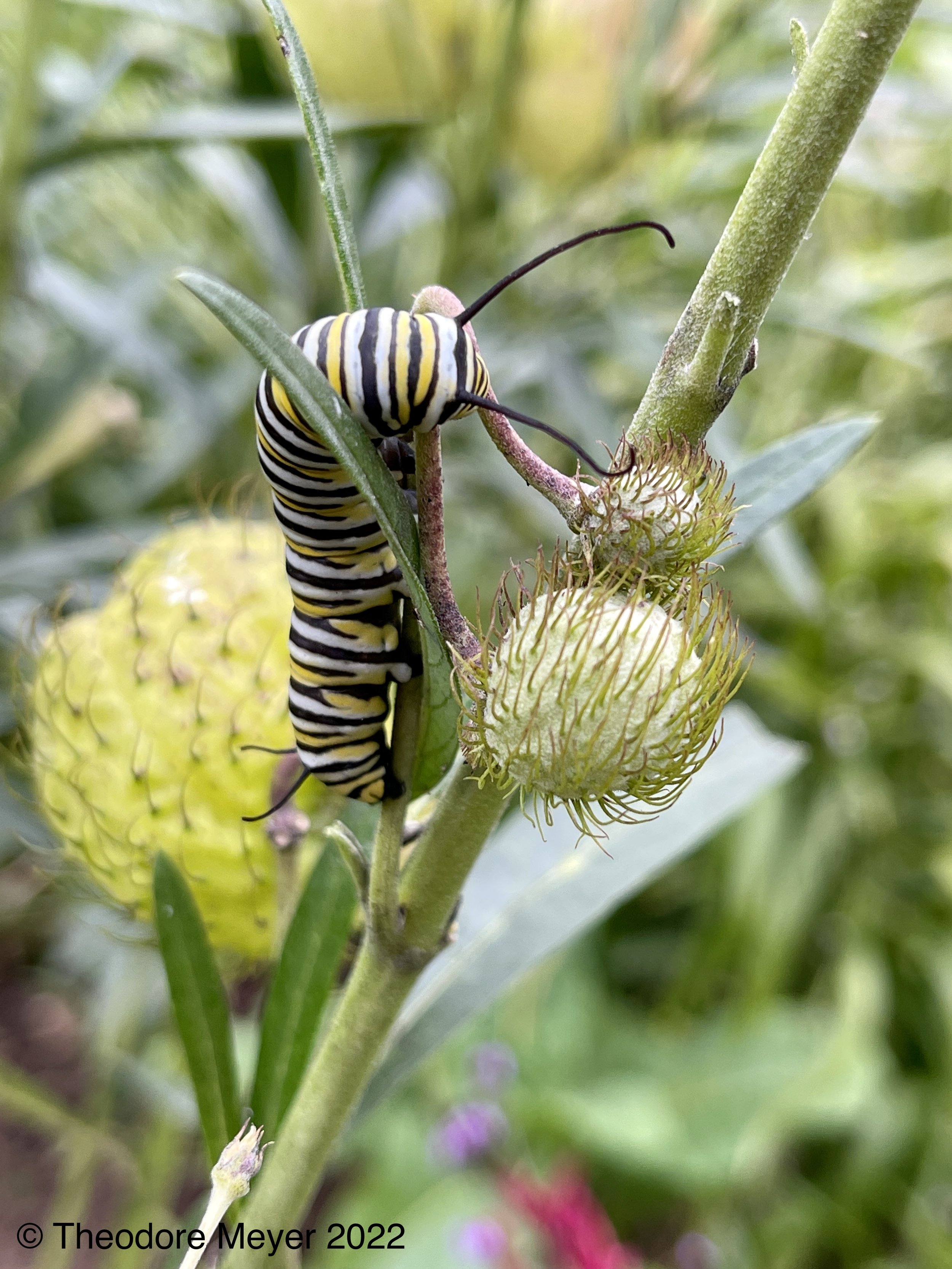Ambimism in Action
Regardless of what brings you to therapy, Ambimism offers a tangible path forward—out of suffering and into something more meaningful. Ambimism allows for an emotional metamorphosis—one that acknowledges the vulnerability of growth. Restoring the four pillars creates a sense of safety and stability as you move through this transformative process.
Anxiety
Anxiety often stems from chronic self-doubt and the discomfort of facing uncertainty. We ruminate, worry, and try to predict the future to gain a sense of control. Ambimism offers a shift. By strengthening Self-Trust, we build confidence in our ability to handle what comes. Autonomy helps us identify what is within our control right now. Guarded Openness allows us to approach the future with thoughtful courage rather than avoidance. And through Coexistence, we learn to sit with uncertainty without letting it control us.
Depression
Depression often emerges when the world feels unjust, punishing, or when we’ve lost faith in ourselves. Hopelessness grows in the absence of a clear path forward. Ambimism provides grounding tools to move through that darkness. Self-Trust helps restore belief in our ability to act. Autonomy clarifies what we can influence, giving us traction when everything feels stuck. Guarded Openness helps us cautiously re-engage with the future. And Coexistence teaches us to allow difficult emotions to be present without defining us.
Trauma
Trauma narrows our worldview and often fractures our belief that we can stay safe—or that the world is safe at all. Recovery begins with rebuilding. Ambimism supports a trauma-informed path by restoring Self-Trust, identifying Autonomy within our environment and choices, and cultivating Guarded Openness to gently reengage with life. Coexistence allows our trauma to be part of our story without being the whole of it—we learn that we can carry the impact while also carrying forward.
ADHD
The “pathology” of ADHD often arises from a world that doesn’t accommodate neurodivergent minds. As a result, people with ADHD internalize blame, leading to rejection sensitivity, emotion dysregulation, and negative self-beliefs that hinder motivation. Ambimism reframes this experience. Self-Trust allows us to validate our strengths and unlearn shame. Autonomy encourages us to shape lives that align with our brains. Guarded Openness helps us take risks despite fear of failure. And Coexistence reminds us that even when we struggle with structure, we can still move forward meaningfully.
OCD
OCD casts everything into uncertainty: Did I do it right? What if I didn’t? Control becomes the focus, but it only feeds the cycle. Ambimism offers another route. Self-Trust helps interrupt obsessional doubt and reduce the need for compulsions. Autonomy helps identify where control is helpful versus where it becomes rigid. Guarded Openness supports the courage to face the unknown. And Coexistence teaches us to sit with the discomfort of uncertainty without letting it dominate our actions.
Narcissistic Abuse
The aftereffects of narcissistic abuse are uniquely corrosive. Repeated gaslighting and invalidation erode your ability to trust yourself—and others. Ambimism helps rebuild that trust. Self-Trust reclaims your inner voice. Autonomystrengthens your ability to choose what's right for you, not what you were told to believe. Guarded Openness allows for safe reentry into connection without abandoning caution. And Coexistence helps you hold complex emotions—grief, anger, guilt, love—without needing to resolve them into something neater.
Chronic Pain
Chronic pain brings not just physical suffering, but the emotional toll of being misunderstood—by both the medical system and society. This often leads to despair and isolation. Ambimism supports a different relationship with pain. Self-Trust reminds you that your pain is real, even if others doubt it. Autonomy helps reclaim your voice in healthcare and self-advocacy. Guarded Openness holds space for hope without requiring certainty. And Coexistence makes room for pain and purpose to exist side by side.
Addiction
Substance use often begin as a means of escape—a way to control overwhelming emotions or discomfort. Yet over time, control slips away, and addiction takes hold. An ambimistic framework supports recovery by helping us reclaim our sense of agency, identifying what is truly within our control (Autonomy) while learning to coexist with pain, cravings, and the emotional discomfort that arises in sobriety (Coexistence). Ambimism reminds us that we can tolerate more than we think, and in the face of uncertainty—“Will I relapse?” “Can I keep going?”—we move forward with Guarded Openness, trusting ourselves to face adversity with resilience. Even in relapse, Ambimism holds space for compassion and recommitment, allowing us to stay connected to the life we are working so hard to build through growing Self-Trust.
LGBTQ Experiences
Navigating the world with an LGBTQ identity can lead to internalized shame, confusion, and self-doubt in response to an invalidating world that may not want to accept us. Ambimism meets you where you are on your journey of self-acceptance, offering a framework to help synchronize your identity. You learn to trust yourself in defining who you are (Self-Trust), reclaim what’s in your power (Autonomy), open yourself to connection while staying grounded (Guarded Openness), and coexist with the reality that not everyone will accept you—and that’s okay, as long as you can accept yourself (Coexistence). Even when the world does not affirm you, Ambimism helps you affirm yourself.

